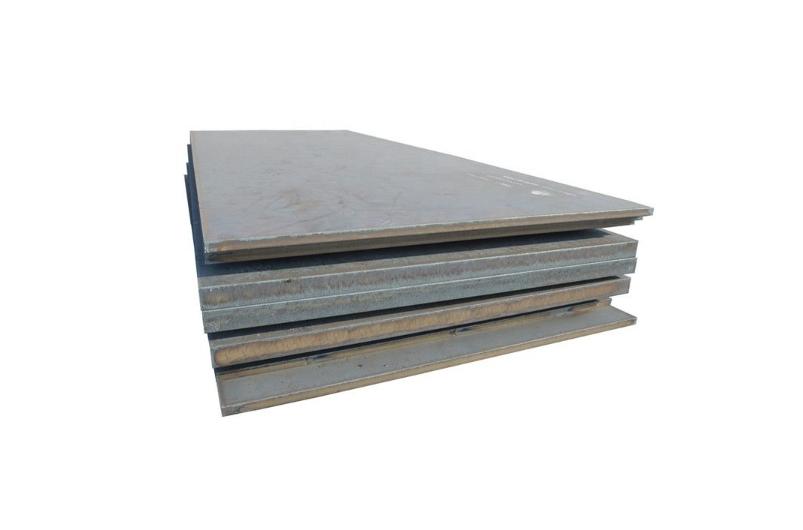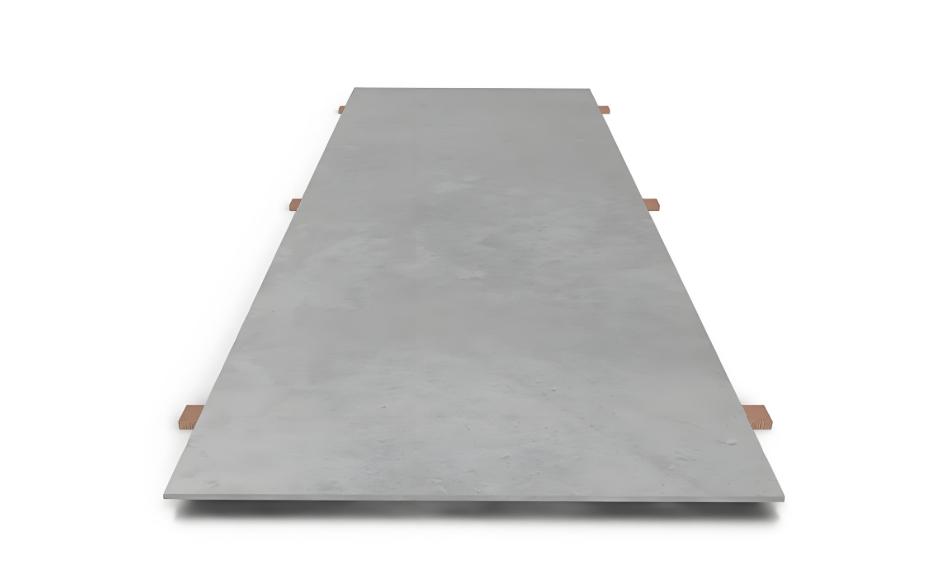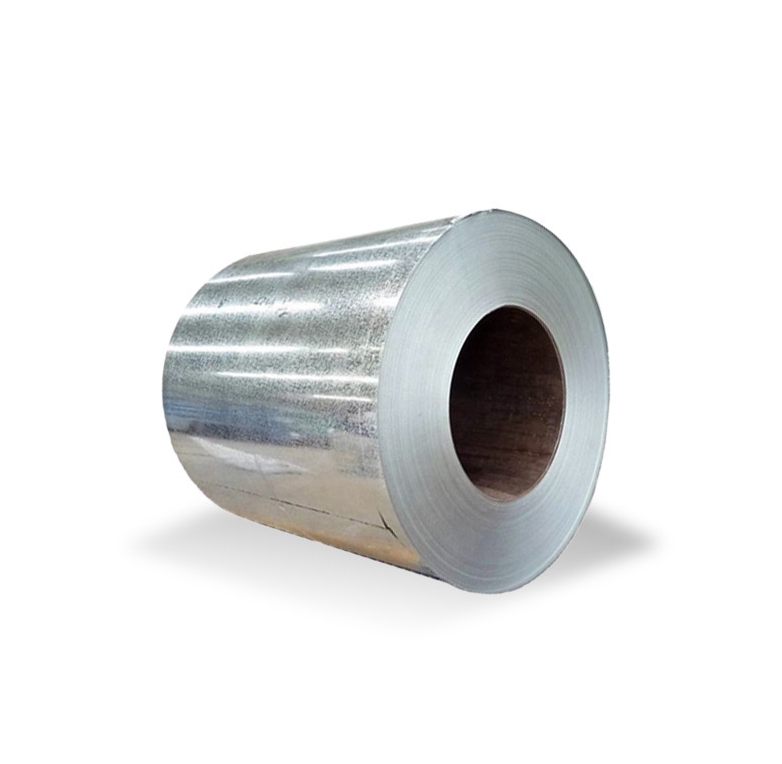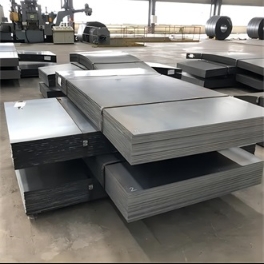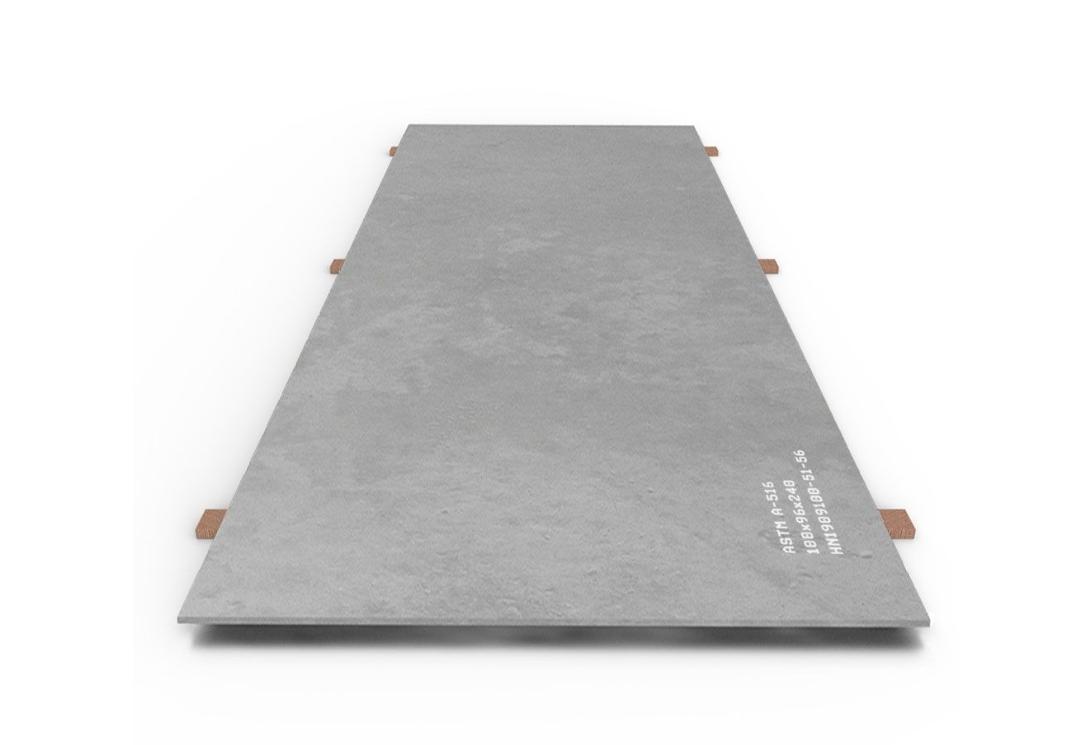Introduction
When it comes to durable, high-performance materials, high carbon steel plate stands out. Its unique properties make it ideal for various demanding applications. Surprisingly, many industries are discovering new ways to utilize this versatile material. If you’re curious about the high carbon steel plate and its unexpected uses, you’re in the right place. This article explores five surprising applications, backed by real-world examples and expert insights. Whether you’re a manufacturer, engineer, or enthusiast, understanding these applications can open new doors for your projects.
Why Is High Carbon Steel Plate So Special?
The Unique Properties of High Carbon Steel Plate
Problem: Many assume all steel behaves similarly, but high carbon steel offers distinct advantages.
Solution: Its high hardness, wear resistance, and strength make it perfect for high-stress environments.
Case: I once used high carbon steel plate for knife-making. The durability and edge retention were impressive, far surpassing softer steels.
Transition
Knowing the properties of high carbon steel plate helps you see its potential beyond traditional uses.
Key Properties Include:
- High tensile strength
- Excellent hardness
- Superior wear resistance
- Good machinability when properly treated
1. Surprising Application 1: Custom Knife Blades
Crafting High-Performance Knives
Problem: Many commercial knives lack durability and edge retention.
Solution: High carbon steel plate is ideal for custom knife blades due to its hardness.
Case: I personally crafted a hunting knife from high carbon steel. Its edge stayed sharp through months of use, unlike softer steels.
Why It Works
High carbon steel’s ability to hold a sharp edge makes it a top choice for cutlery. Its wear resistance ensures longevity, especially in demanding environments.
Transition
This application is just the tip of the iceberg for what high carbon steel plate can do.
2. Surprising Application 2: Industrial Cutting Tools
Manufacturing Heavy-Duty Cutting Equipment
Problem: Cutting tools often wear out quickly under intense use.
Solution: Using high carbon steel plate for blades and dies extends tool life significantly.
Case: In my experience working with manufacturing firms, tools made from high carbon steel lasted up to 50% longer than those from softer steels (Source: Steel Tech Journal, 2022).
Why It’s Effective
The high hardness and wear resistance of high carbon steel plate resist deformation and abrasion, making it perfect for industrial settings.
Transition
Next, let’s look at some unexpected applications in the automotive and aerospace sectors.
3. Surprising Application 3: High-Performance Automotive Parts
Building Durable Car Components
Problem: Car parts need to withstand high stress and temperature.
Solution: High carbon steel plates are used to produce gears, shafts, and other crucial components.
Case: I’ve observed that racing teams prefer high carbon steel for custom parts due to its strength and resilience.
Why It’s Growing
Its ability to endure extreme conditions without losing structural integrity makes high carbon steel plate a go-to material in high-performance vehicles.
Transition
Let’s compare high carbon steel with other materials to understand its advantages better.
4. Comparing High Carbon Steel Plate to Other Materials
Material Performance Comparison
| Feature | High Carbon Steel Plate | Alloy Steel | Mild Steel |
|---|---|---|---|
| Hardness | Very high | Moderate | Low |
| Wear Resistance | Excellent | Good | Fair |
| Machinability | Moderate | Good | Easy |
| Cost | Moderate | Higher | Lower |
Insight:
High carbon steel offers superior hardness and wear resistance but requires careful handling during machining. It’s more expensive than mild steel but provides unmatched durability for specific applications.
Transition
Understanding these differences helps you choose the right material for your project.
5. How to Properly Use and Maintain High Carbon Steel Plate
Step-by-Step Guide for Optimal Use
- Select the Right Grade:
Choose a high carbon steel grade with appropriate carbon content (e.g., 0.6-1.0%) for your application. - Design for Heat Treatment:
Plan for processes like quenching and tempering to optimize hardness. - Cutting and Machining:
Use proper tools and techniques to avoid cracking or warping. - Surface Finishing:
Polish or coat to prevent corrosion if exposed to moisture. - Regular Maintenance:
Sharpen blades and inspect for wear or cracks periodically.
Why It Matters
Following these steps ensures longevity and performance of high carbon steel plate components.
⚠️ Common Mistakes to Avoid
- Overlooking heat treatment needs.
- Using inappropriate cutting tools.
- Ignoring corrosion protection.
- Rushing the machining process.
- Not conducting regular inspections.
6. Real-World Example: My Personal Experience with High Carbon Steel Plate
Scenario: I once designed a custom set of industrial chisels from high carbon steel plate. The project was challenging but rewarding. After proper heat treatment, the chisels maintained their sharpness through heavy use. The durability was remarkable, and I realized the true potential of this material. This experience reinforced my belief that high carbon steel is a game-changer for tough, precision tools.
Conclusion
High carbon steel plate is a versatile material with surprising applications across industries. Its exceptional hardness, wear resistance, and strength open doors to innovative uses beyond traditional expectations. Whether crafting knives, manufacturing industrial tools, or building high-performance automotive parts, understanding its properties is crucial.
Practical Inspection Checklist
- Verify the carbon content and grade suitability.
- Ensure proper heat treatment processes are planned.
- Use appropriate cutting and machining tools.
- Apply protective coatings if necessary.
- Conduct regular inspections for wear or cracks.
- Maintain proper storage conditions to prevent corrosion.
In my experience, investing time in understanding high carbon steel plate properties pays off in long-lasting, high-quality results. If you’re ready to explore its potential, start with small projects to get familiar with its handling. The results will speak for themselves.


